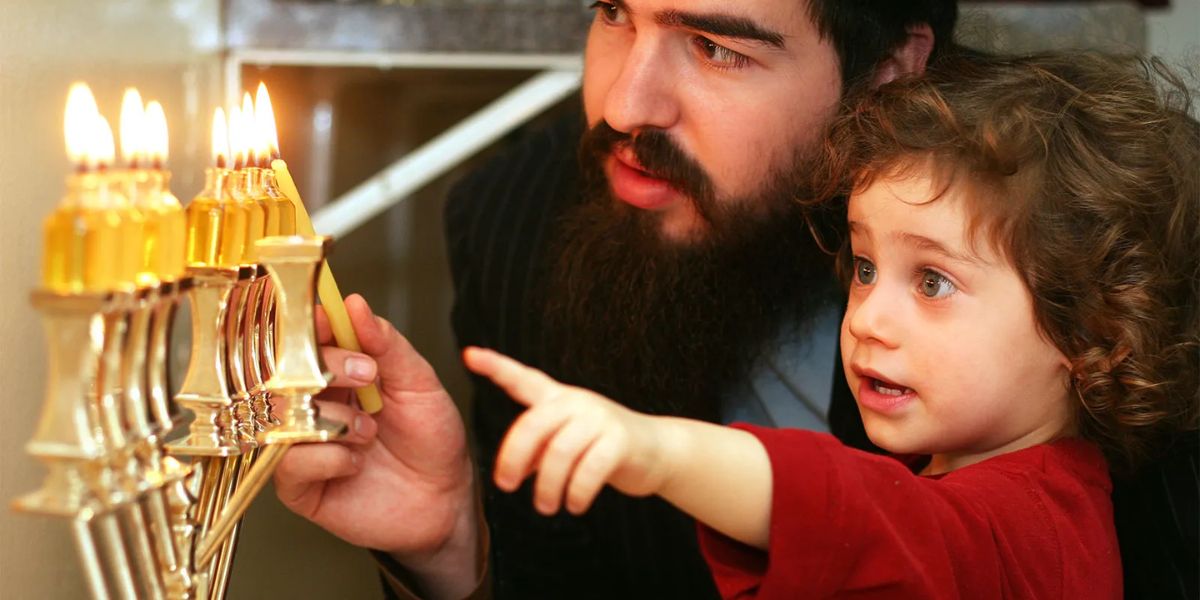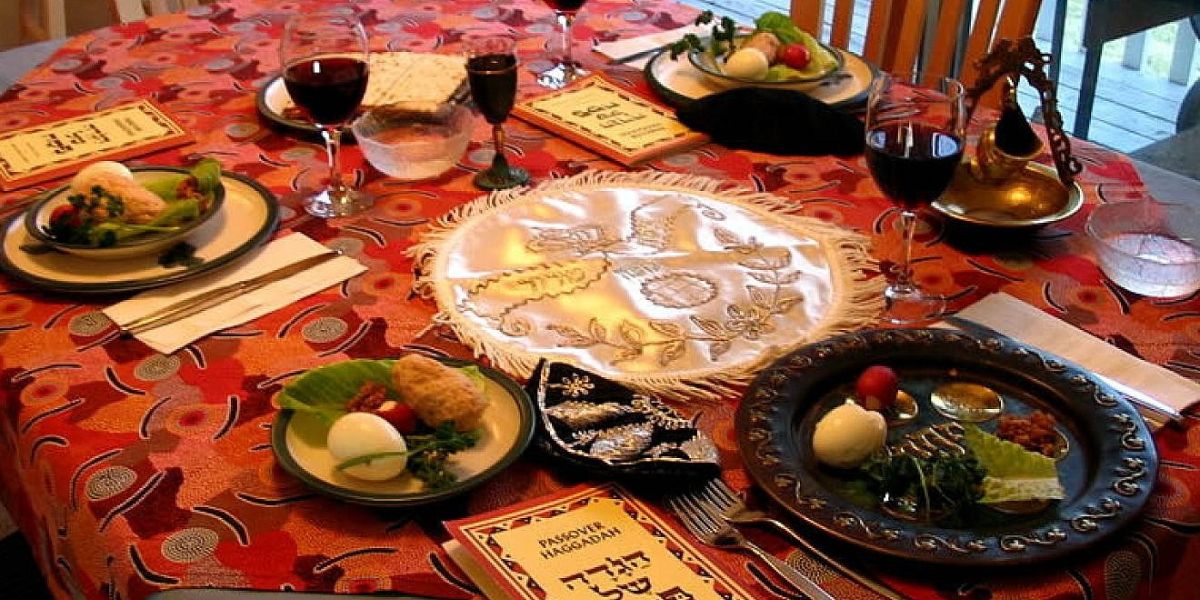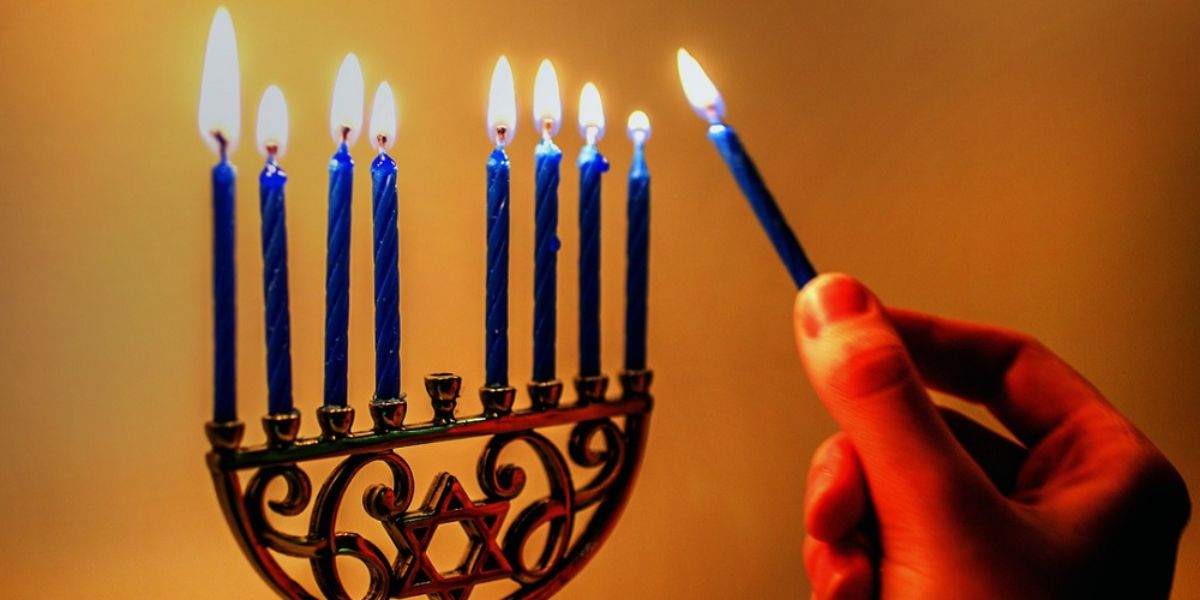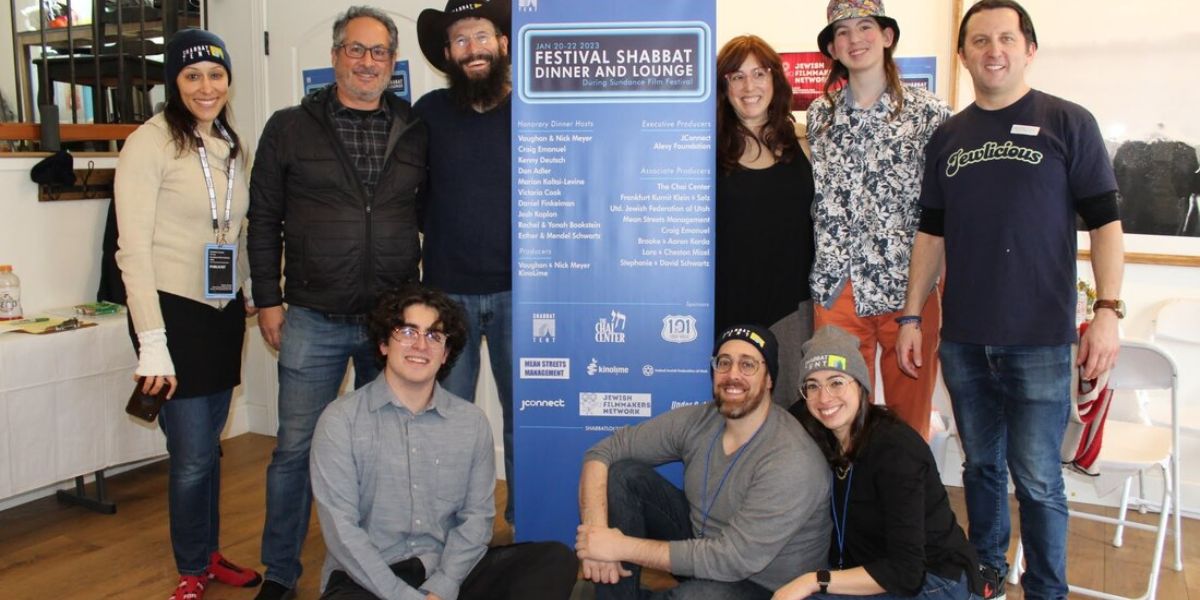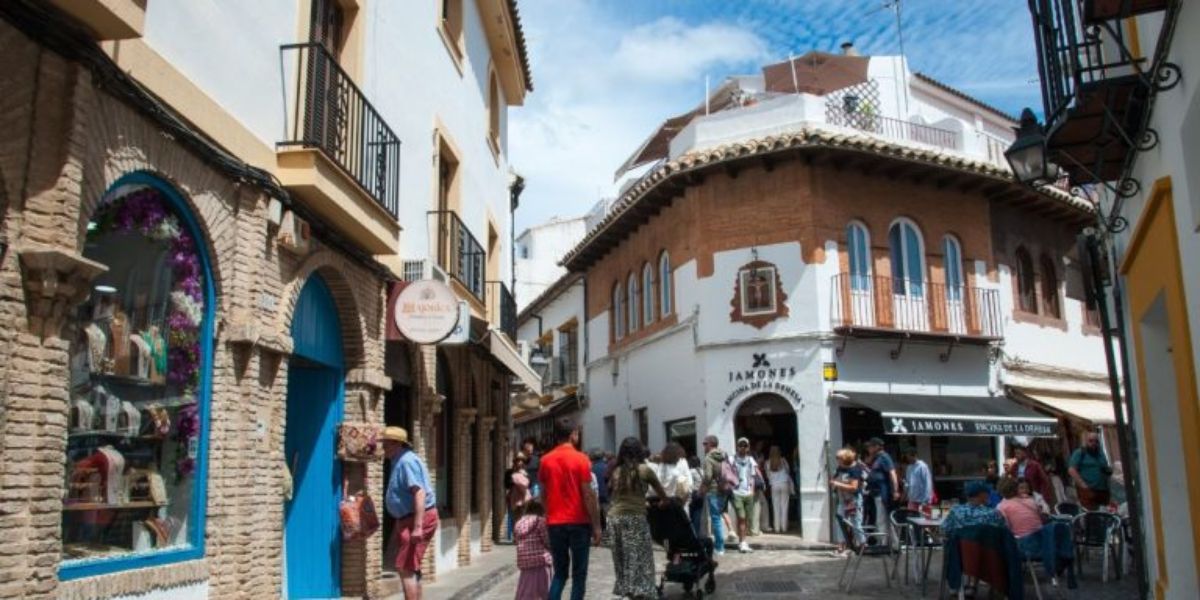Jewish festivals across Asia are evolving into vibrant cultural experiences that do more than preserve heritage—they drive community tourism, stimulate local economies, and give small businesses fresh opportunities to thrive. From Hong Kong to Mumbai, these celebrations are becoming models of how culture and commerce can coexist in harmony.
The Power of Cultural Celebration in Economic Growth
In the last decade, Jewish festivals have expanded beyond religious gatherings to become multi-day cultural showcases featuring art exhibitions, film screenings, food markets, and community workshops. These events attract both Jewish and non-Jewish participants who are eager to experience a blend of tradition, creativity, and hospitality.
When travelers visit cities like Hong Kong or Singapore for Hanukkah, Passover, or Sukkot celebrations, they don’t just attend events—they book hotels, dine in local restaurants, and visit nearby attractions. This multiplier effect turns cultural celebration into economic momentum for surrounding communities.
Table of Contents
How Festivals Attract Local and International Visitors
The secret to growing community tourism lies in authentic storytelling. Festivals that highlight local Jewish history—such as the Kaifeng Jewish Heritage Exhibition in China or Mumbai’s Bene Israel cultural days—draw visitors who are fascinated by how Jewish communities adapted across Asia’s diverse cultures.
Collaborations between tourism boards and Jewish community centers have further amplified this reach. In Hong Kong, for instance, Jewish organizations often partner with travel agencies to create heritage walking tours, giving attendees a chance to explore synagogues, historical landmarks, and kosher eateries. These immersive experiences help position the city as a multicultural tourism hub while strengthening ties with international Jewish travelers.
Small Businesses at the Heart of Every Festival
At the core of every successful festival are small business owners who bring the event to life—local caterers offering kosher delicacies, artisans selling handcrafted Judaica, and event planners managing pop-up exhibitions and workshops.
For example, the Hong Kong Jewish Film Festival collaborates with neighborhood cafés and independent cinemas, giving small operators increased visibility and customer traffic. Similarly, Tel Aviv-inspired pop-ups during Asian festivals allow boutique brands to introduce Jewish design and fashion to new audiences.
These collaborations not only boost short-term sales but also create lasting partnerships that extend beyond the festival dates. Many local vendors report that participating in Jewish community events leads to repeat business from both tourists and residents, proving the festivals’ long-term commercial impact.
Strengthening Cultural Exchange Through Commerce
Beyond economics, Jewish festivals in Asia serve as platforms for cultural exchange. Small businesses that align their offerings with the festival theme—such as tea merchants blending traditional Jewish ingredients or bakeries creating fusion pastries—often gain wider recognition for innovation.
These shared experiences foster cross-cultural understanding between Jewish and local Asian communities. Attendees learn about shared values like family, generosity, and community service, while businesses learn to adapt products for diverse customer bases. It’s a virtuous cycle where commerce becomes a bridge for dialogue.
The Role of Sponsorships and Local Governments
Municipal governments and tourism boards are increasingly recognising the economic and social value of Jewish festivals. In many Asian cities, they now provide logistical support, funding, or promotional backing to ensure festivals reach wider audiences.
For instance, the Jewish Arts and Music Festival in Singapore benefits from partnerships with cultural councils that promote the city as a destination for inclusive arts. This support enables organizers to scale up events, attract global sponsors, and offer free or discounted entry—making cultural participation more accessible to the public.
Government involvement also reassures potential sponsors that these events are legitimate economic drivers rather than niche community gatherings. As a result, major hotel chains, airlines, and hospitality groups are now aligning their brands with Jewish cultural events, deepening local investment.
Measuring the Ripple Effect
Quantifying the true impact of these festivals reveals impressive figures. Studies from regional tourism boards show that a single, well-organized cultural festival can increase local visitor spending by 15–20% over the event weekend. Restaurants and hospitality businesses often report a surge in bookings, while heritage sites see record attendance.
But beyond the numbers, there’s a subtler benefit: festivals revitalize community pride. Local Jewish residents feel more visible and appreciated, while non-Jewish locals discover shared values and traditions they might never have encountered otherwise.
Looking Ahead: Sustaining the Momentum
As Asia’s Jewish communities continue to evolve, festivals are poised to become cornerstones of cultural tourism. Integrating sustainability—through eco-friendly event planning, digital marketing, and inclusive participation—can ensure they remain relevant to future generations.
Organizers are also experimenting with hybrid formats that combine in-person and virtual experiences, allowing people worldwide to participate in Jewish heritage celebrations from afar. This hybrid approach could make Asian Jewish festivals global cultural assets in the coming years.
Jewish festivals across Asia show that cultural preservation and economic vitality can thrive together. Every menorah lit, every performance staged, and every vendor supported strengthens the bond between heritage and progress.
Explore more community-driven stories and cultural insights at jewishtimesasia.org — and discover how Asia’s Jewish life continues to inspire connections across continents.

